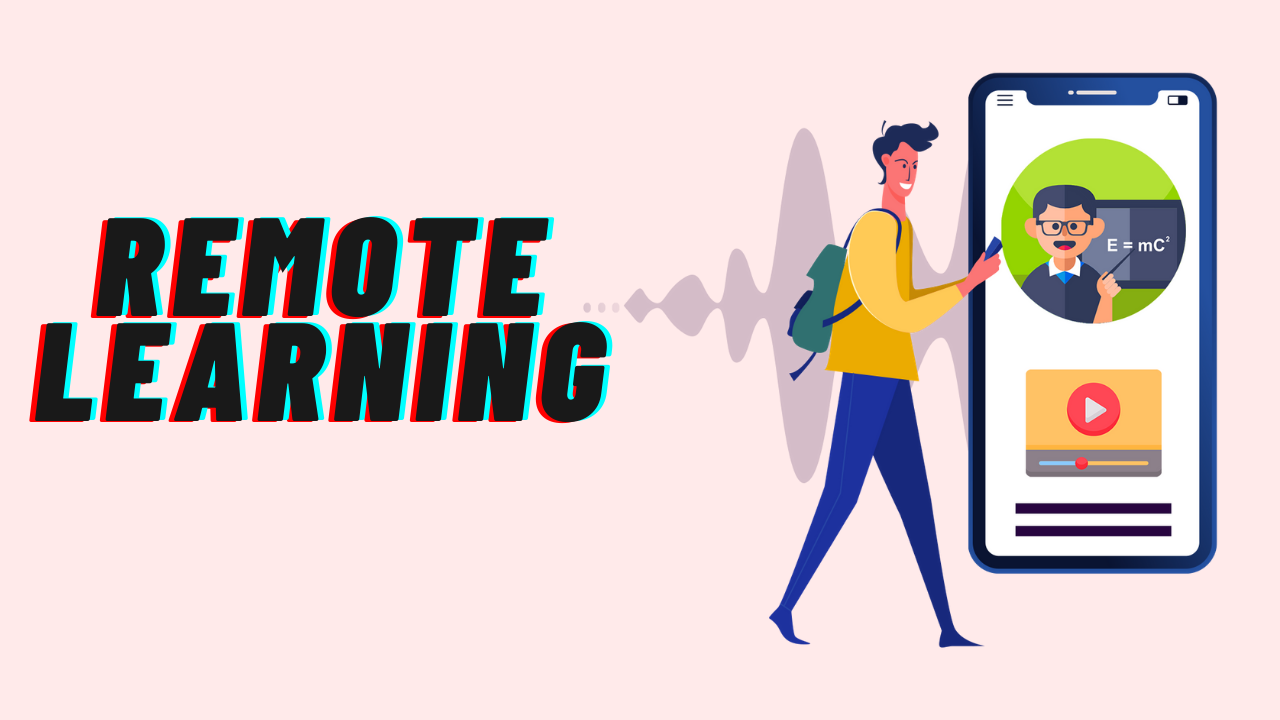Remote Learning: The growing role of smartphone in Education
In the world of brick and mortar classes, it was a little difficult to rely on remote learning methods. But, we all are well aware of the coronavirus outbreak and educational institutes closure because of it. The situation has left us with the only option to continue the education and that is through remote learning and eLearning.
Remote Learning is a branch of eLearning where the student and teacher are not present in a traditional classroom and are connected through technology such as discussion portals, video conferencing, or online tests.
During these difficult times, when a virus is on the rise and it is almost impossible to open schools or educational institutions, Remote Learning serves as a boon for students. Remote Learning helps in creating an uninterrupted flow of information even if there are obstacles such as distance.
Remote Learning can be made possible with the help of tablets, laptops, computers, projection devices, etc. But the most feasible and effective way for remote learning is through a Smartphone. Some common remote learning platforms that are currently in use are - Google classrooms, Microsoft Teams, etc.
Earlier, students used to rely on tablets for their learning but as the technology advanced and phablets were introduced, tablets have lost their market. Phablets are smartphones with a slightly bigger screen and are much easier to carry than Tablets.
Remote Learning through smartphones is a way easier option than anything else. The learner or the educator has to just open an app or access the specific website to either teach or learn. Smartphones are like little computers and have an operating system of their own which can be installed with eLearning apps that can be accessed on the go.
Advantages of Smartphones for eLearning
1. Easily Accessible - Due to their size, smartphones are very accessible. Smartphones can fit in your pocket and you can take it wherever you go. You can access all your e-Learning apps even if you are stuck at home or traveling somewhere.
2. Affordability - Smartphones are way less expensive than other e-Learning mediums such as Computers, Laptops, Tablets, etc. In a country like India where there is so much poverty, it is necessary that there should be a medium of education that can be accessed by a majority of the population. With Digitalisation, there are several low budget smartphones available in the market which serves the purpose.
3. Connectivity - It is easier to connect a smartphone to the Internet as there is only a nano-sim which needs to be put into the phone for Internet, whereas if you want to access Internet into your Laptop or Computer you have to connect a lot of wires and make sure that there is Internet Service Provider in your area.
4. Interactive Medium - All of the smartphones are touchscreen which makes the learning process more interactive as the students and teachers can indulge in a more communicative method of learning. For eg - The Teacher can share a pie chart or bar graph through files on the phone and the students can examine it using their fingers by pinching in and pinching out.
5. Dynamic - Smartphones are very dynamic in nature, they are evolving continuously. Their Operating System is designed in such a way that they keep modifying themselves with the change in time and upgrade to new software when the right time comes.
Smartphones have surely helped Remote Learning in becoming the success that it is today by expanding its reach exponentially and taking learning to each and every student present. Smartphones have proved out to be a blessing in a difficult time like this by becoming a medium to impart knowledge and information.
